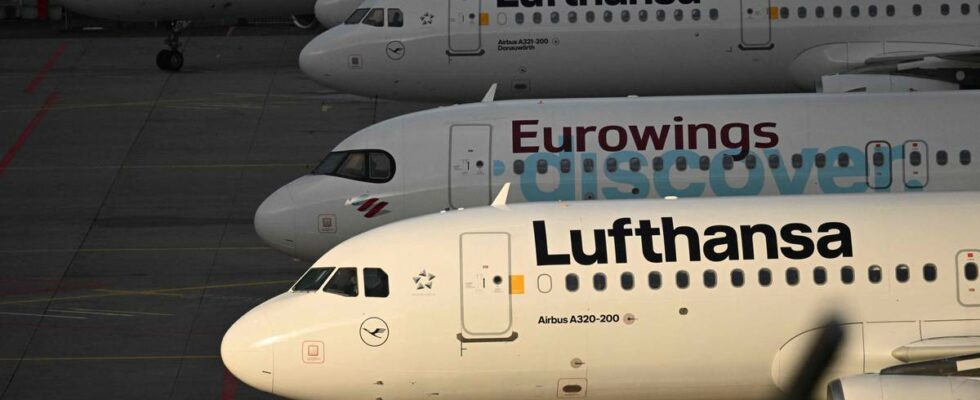Airbus recently upgraded its 20-year demand forecast, predicting deliveries of 42,230 new aircraft by 2045. That’s a 4 percent increase since the previous forecast. According to the aircraft manufacturer, the increase is due to the modernization of long-haul fleets and Asia’s growing economy. – We see particularly strong growth in Asia and the Middle East, led by India and China. That’s what Bob Lange, head of market analysis and forecasting at Airbus, says. A doubling of air traffic scares environmental campaigners, who take a dark view of reaching the climate targets if the forecasts of the world’s largest aircraft manufacturer are correct. – The more we fly, the more difficult it becomes. That is the simple conclusion, unfortunately, says Holger Schlaupitz, Head of Department at the Nature Conservation Association. An overview of flights in Europe in real time, Tuesday 16 July. Contributes to climate change Since commercial flights literally took off in the 60s, global CO₂ emissions from aviation have quadrupled. Aviation accounts for approximately 2.5 percent of global CO₂ emissions, but its overall contribution to climate change is even higher. In addition to emitting CO₂ from burning fuel, aircraft also affect the concentration of other atmospheric gases and pollutants. Holger Schlaupitz from the Norwegian Nature Conservation Association says it is difficult enough to reach the climate goals with the air traffic we already have today. Photo: Ane Øvrebø / Naturvernforbundet The actual contribution from aviation to global temperature rise is therefore 4 per cent, a study estimates. Schlaupitz says it is clear that Airbus has not realized the seriousness when they announce a doubling of the aircraft fleet. – This is a way of undermining the Paris Agreement and the target of a 1.5 degree rise, which is very worrying, he says. – Madness. It is not possible to double the world’s air traffic, says SV’s energy and environmental policy spokesperson Lars Haltbrekken. 1.7 billion new air travelers The airline’s predictions are based on economic forecasts which suggest that 1.7 billion people will join the middle class within the next 20 years. This means that over 40 percent of the world’s population will be able to afford air travel by 2045, which is a doubling compared to today’s 20 percent. A group of passengers wait at Indra Gandhi International Airport in New Delhi, India. In 2023, 190 million Indians traveled by air, a huge increase compared to the previous year. Photo: Piyush Nagpal / AP Among other things, China will overtake the USA, which has the largest commercial air market with over 666 million air travelers in 2021. Lars Haltbrekken (SV) believes that it must become more expensive for us to fly, and that more environmentally friendly solutions must be space to block air traffic in the West. Photo: Tale Hauso / news According to a new study, Norwegians are in third place for climate emissions from aviation per inhabitant. We are only behind the USA and Australia. Haltbrekken therefore believes that the West has a special responsibility and that air traffic must be reduced. – We cannot defend our high aircraft consumption and at the same time deny the rest of the world a correspondingly high aircraft consumption. But it goes without saying that doubling the world’s air traffic will not work. Published 16.07.2024, at 18.26
ttn-69
– Madness – news Urix – Foreign news and documentaries

